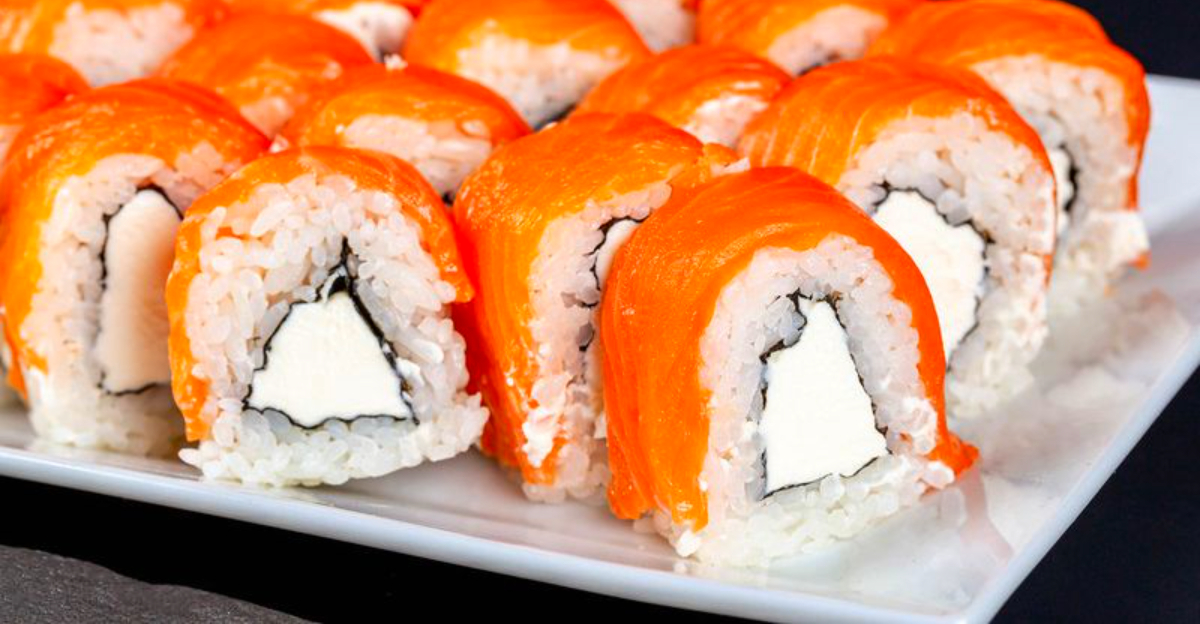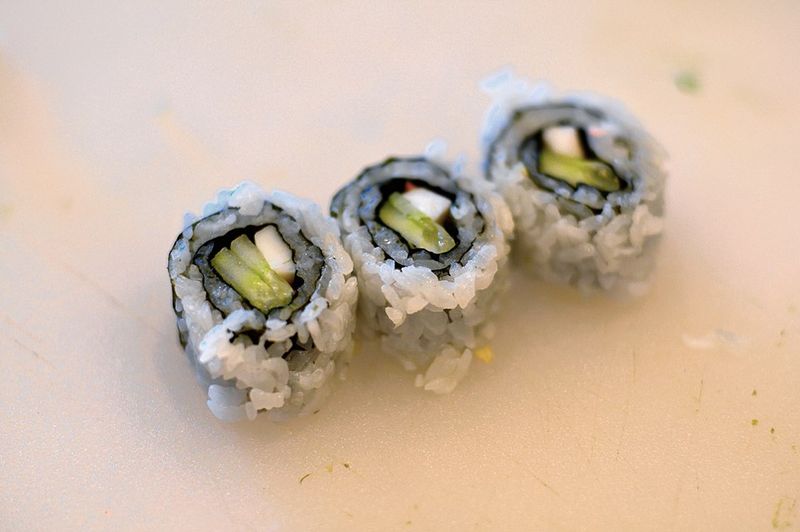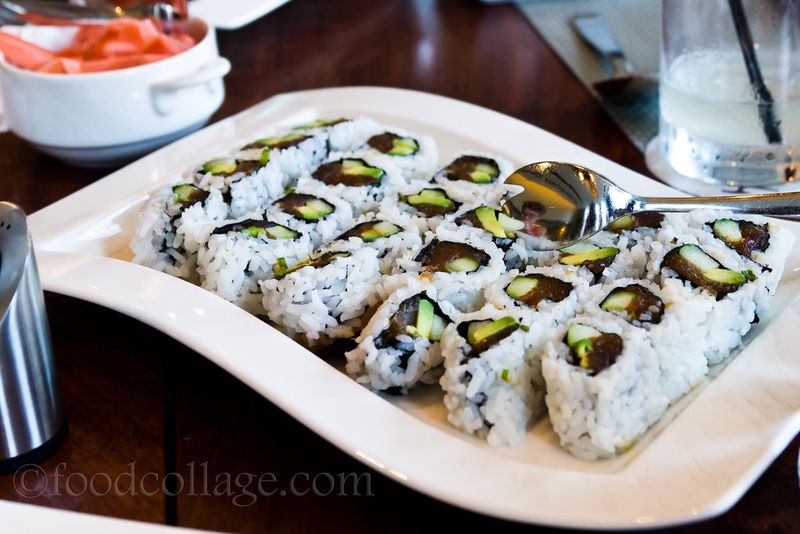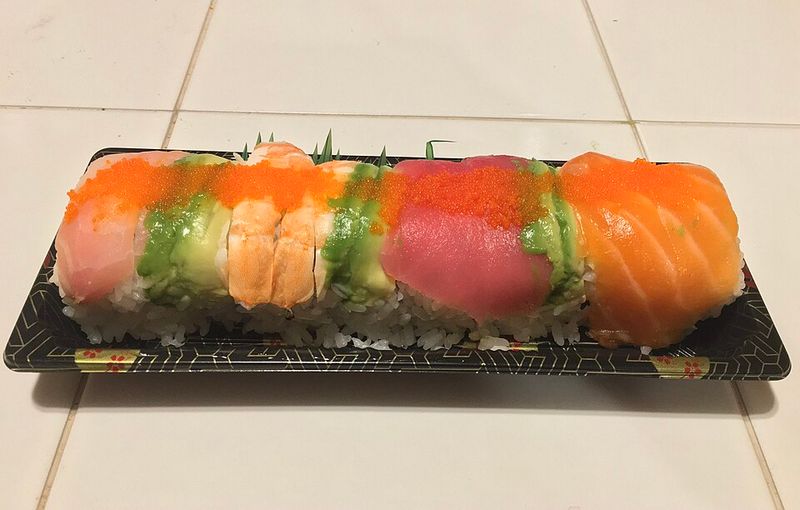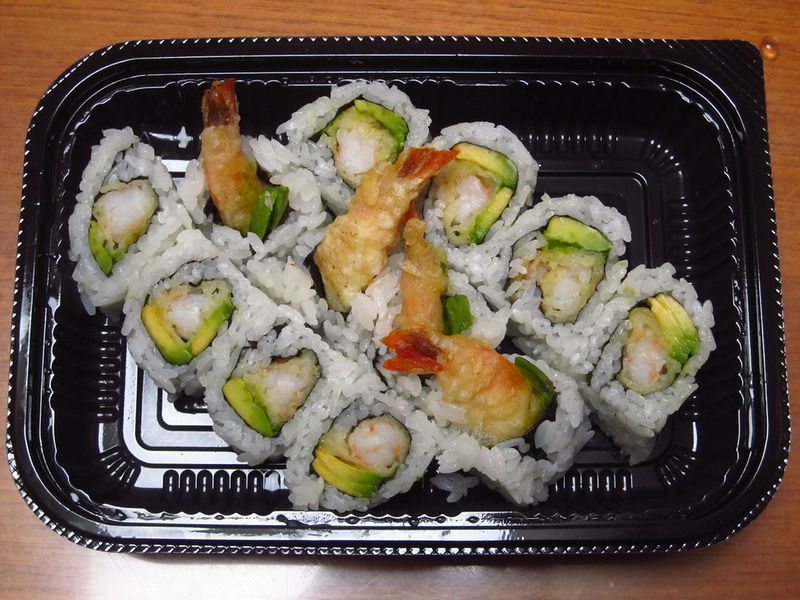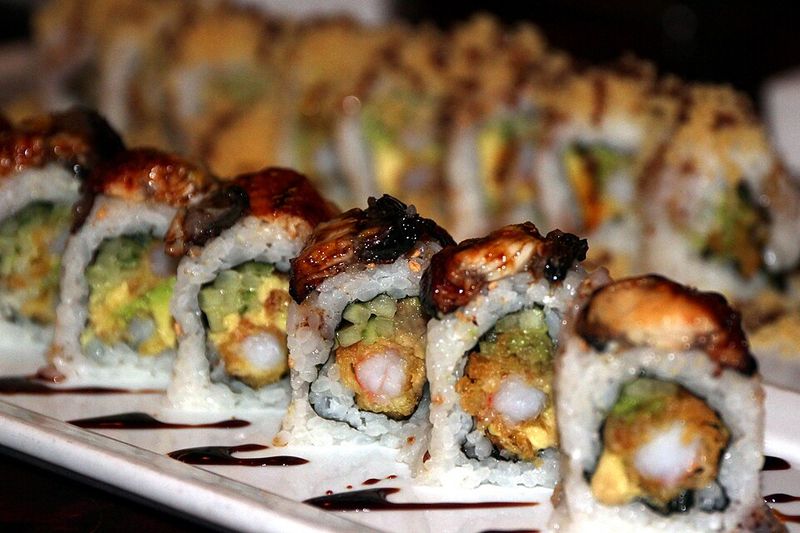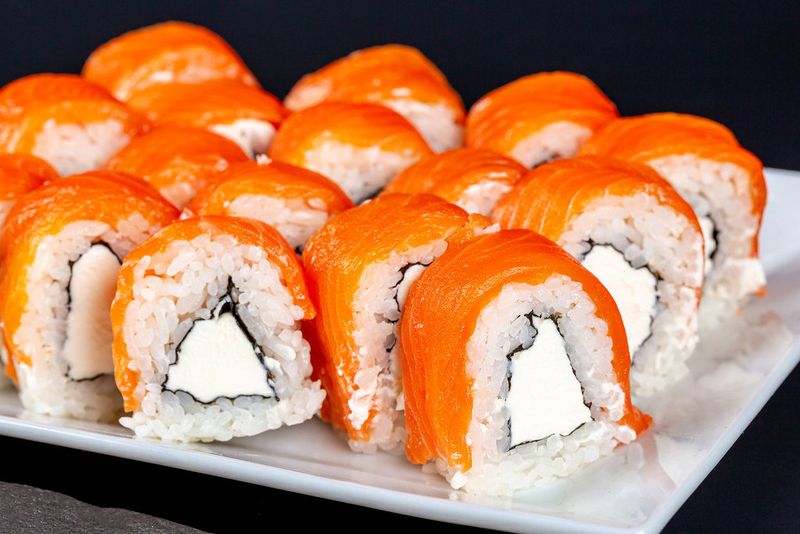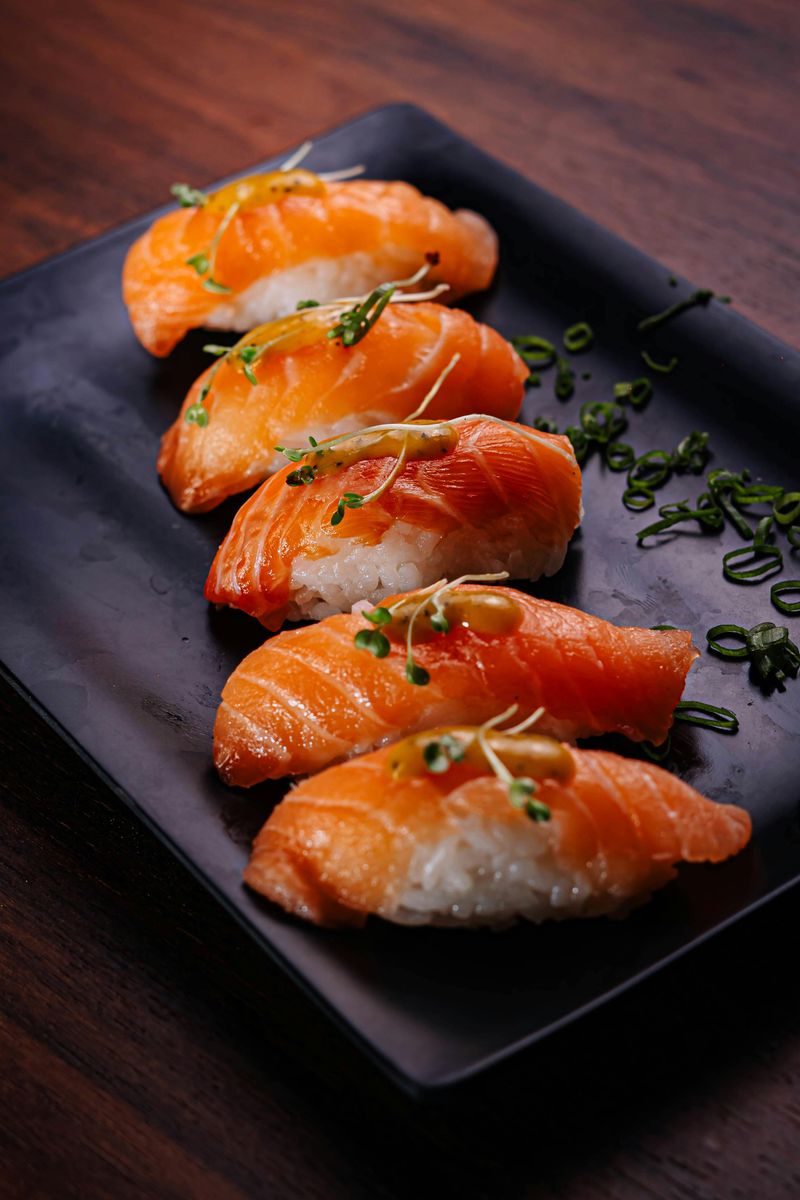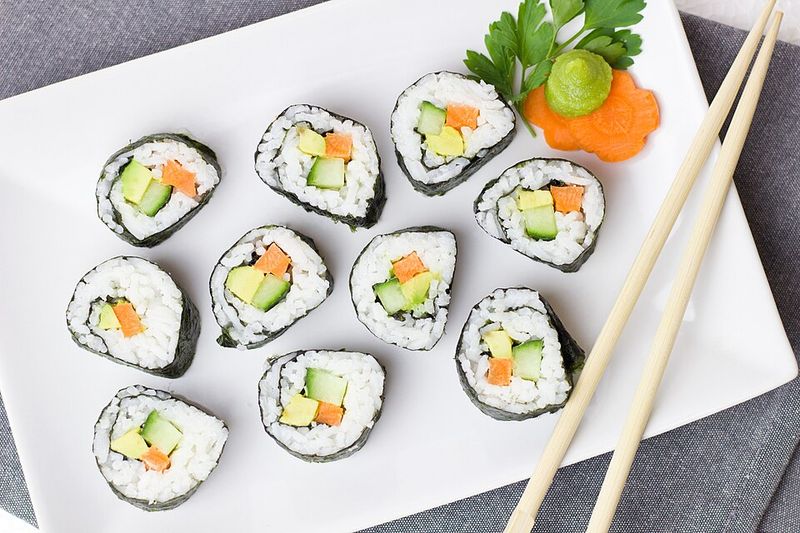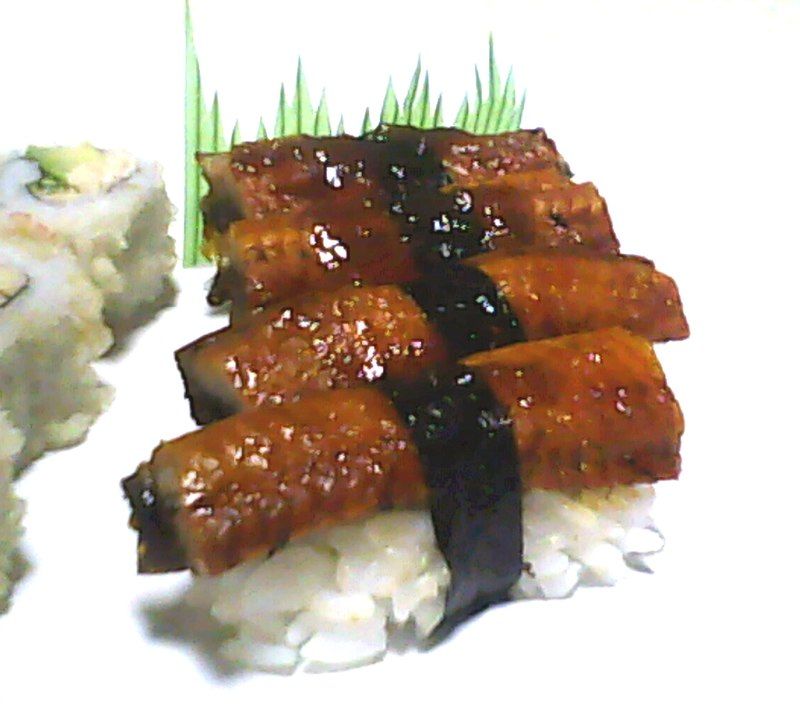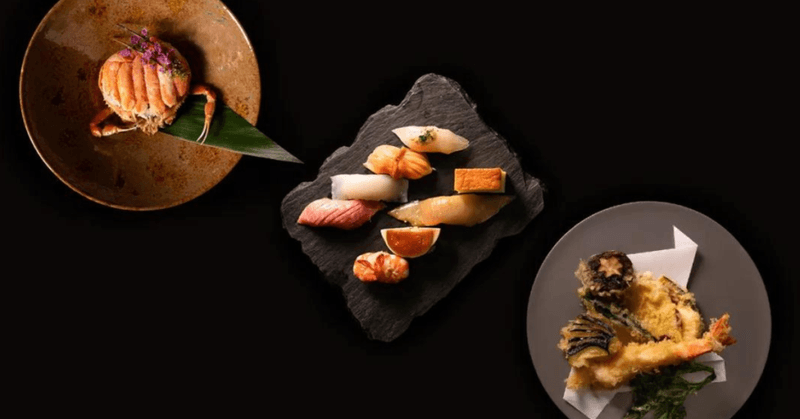Sushi has become one of America’s favorite foods, transforming from an exotic curiosity into a dining staple found in grocery stores, restaurants, and food trucks across the country. Whether you’re a beginner trying your first bite or a seasoned sushi lover, understanding the most popular dishes helps you navigate any menu with confidence. This guide explores the ten sushi dishes that have captured American taste buds and become icons of Japanese-American cuisine.
1. California Roll
Walk into any sushi restaurant in America, and you’ll find this roll on the menu. Imitation crab, creamy avocado, and crisp cucumber come together in a simple yet satisfying combination that won over millions of Americans.
What makes this roll special is its “inside-out” style, with rice on the outside and seaweed hidden inside. This clever design made sushi less intimidating for people unfamiliar with nori.
Created in California during the 1960s or 1970s, this roll became the gateway that introduced countless Americans to sushi. Real crab meat can replace imitation crab for a fancier version, but both remain incredibly popular nationwide.
2. Spicy Tuna Roll
Raw tuna gets a fiery makeover in this wildly popular roll. Chopped tuna mixed with spicy mayo or chili sauce creates a flavor explosion that keeps people coming back for more.
Restaurants across America have embraced this roll, making it a menu staple. The heat level varies from mild to seriously spicy, so you can always ask your server before ordering.
Some versions include cucumber for extra crunch, while others add spicy sauce on top for visual appeal. The combination of fresh fish and bold spice appeals to adventurous eaters and comfort-food lovers alike, making it one of the most ordered rolls in the country.
3. Rainbow Roll
Picture a California roll dressed up for a party, and you’ve got the rainbow roll. This showstopper features the familiar crab, avocado, and cucumber base, but gets topped with beautiful slices of assorted fish.
Fresh tuna, salmon, yellowtail, and white fish create a colorful pattern that looks almost too pretty to eat. Each bite offers different flavors and textures as you work your way through the various fish toppings.
Sushi chefs take pride in arranging the fish slices artfully, making this roll Instagram-worthy before social media even existed. It’s perfect for people who want variety without ordering multiple rolls.
4. Shrimp Tempura Roll
Crunchy, satisfying, and absolutely delicious, this roll features fried shrimp as its star ingredient. The tempura batter creates a crispy coating that contrasts beautifully with soft rice and fresh vegetables.
Avocado and cucumber typically join the party, adding coolness and texture. Many restaurants drizzle sweet eel sauce or spicy mayo on top, creating layers of flavor that make each bite interesting.
The shrimp stays warm and crispy inside the roll, offering a cooked option for anyone not ready to try raw fish. Crunchy tempura flakes sometimes get sprinkled on top for extra texture and visual appeal.
5. Dragon Roll
Dramatic and eye-catching, the dragon roll lives up to its mythical name. Shrimp tempura or grilled eel forms the base, while carefully arranged avocado slices on top create a scaly dragon appearance.
Chefs often add eel sauce in decorative patterns, making this roll a work of art. Some versions include both eel and shrimp, doubling down on flavor and texture combinations.
The presentation alone makes this roll worth ordering for special occasions. Underneath the beautiful exterior, you’ll find satisfying crunch and rich flavors that justify its popularity at sushi restaurants nationwide, especially among diners seeking something visually impressive and delicious.
6. Philadelphia Roll
Bagels and lox inspired this uniquely American creation. Smoked salmon pairs with cream cheese and cucumber or avocado, creating a flavor combination familiar to anyone who loves East Coast breakfast traditions.
Purists might argue that cream cheese doesn’t belong in sushi, but American diners disagree. This roll has become a permanent fixture on menus from coast to coast.
The rich, creamy texture of the cheese balances the smoky salmon perfectly. Some restaurants use raw salmon instead of smoked, but the classic version sticks with smoked fish, making it another great cooked option for sushi newcomers.
7. Nigiri (Salmon or Tuna)
Simplicity shines in this classic sushi form. Fresh fish draped over small mounds of seasoned rice creates an elegant presentation that highlights quality ingredients without fancy additions.
Salmon and tuna nigiri remain the most popular choices in America. The fish should be buttery smooth, the rice perfectly seasoned and slightly warm, creating harmony in every bite.
Eating nigiri properly involves flipping it upside down and dipping just the fish into soy sauce, not the rice. This traditional style lets you appreciate the true flavor and texture of premium fish, making it a favorite among serious sushi enthusiasts.
8. Classic Maki Rolls
Sometimes the basics are best. Tuna rolls, salmon rolls, and cucumber rolls represent sushi in its purest form, with seaweed on the outside wrapping rice and a single filling ingredient.
These straightforward rolls appear on every sushi menu as foundational offerings. Cucumber rolls provide a vegetarian option, while tuna and salmon rolls showcase the fish without competing flavors.
Japanese restaurants call the cucumber version “kappa maki,” named after a mythical water creature. These simple rolls cost less than elaborate specialty rolls, making them budget-friendly choices that still deliver authentic sushi flavor and satisfaction for lunch or dinner.
9. Unagi (Eel) Roll
Grilled freshwater eel might sound unusual, but one taste converts most skeptics. The eel comes pre-cooked and glazed with a sweet soy-based sauce called tare, creating rich, caramelized flavors unlike any other sushi.
Unagi appears both as nigiri and in roll form, often paired with cucumber or avocado. The tender, flaky texture and sweet-savory glaze make it incredibly addictive.
Japanese culture considers eel a stamina-building food, traditionally eaten during hot summer months. American diners simply love it for its unique taste and the fact that it’s fully cooked, offering another entry point for raw-fish hesitant customers.
10. Omakase Experience
Omakase means “I’ll leave it up to you” in Japanese, representing the ultimate trust between diner and chef. Rather than ordering from a menu, you let the chef select each course based on the day’s freshest ingredients.
High-end sushi restaurants across America have embraced this dining format. Expect multiple courses of nigiri, sashimi, and specialty items you wouldn’t normally order yourself, each explained by the chef.
Prices typically run higher than regular sushi dinners, but the experience justifies the cost. You’ll taste rare fish, seasonal specialties, and preparations that showcase the chef’s skills and creativity, making omakase the pinnacle of American sushi dining.
